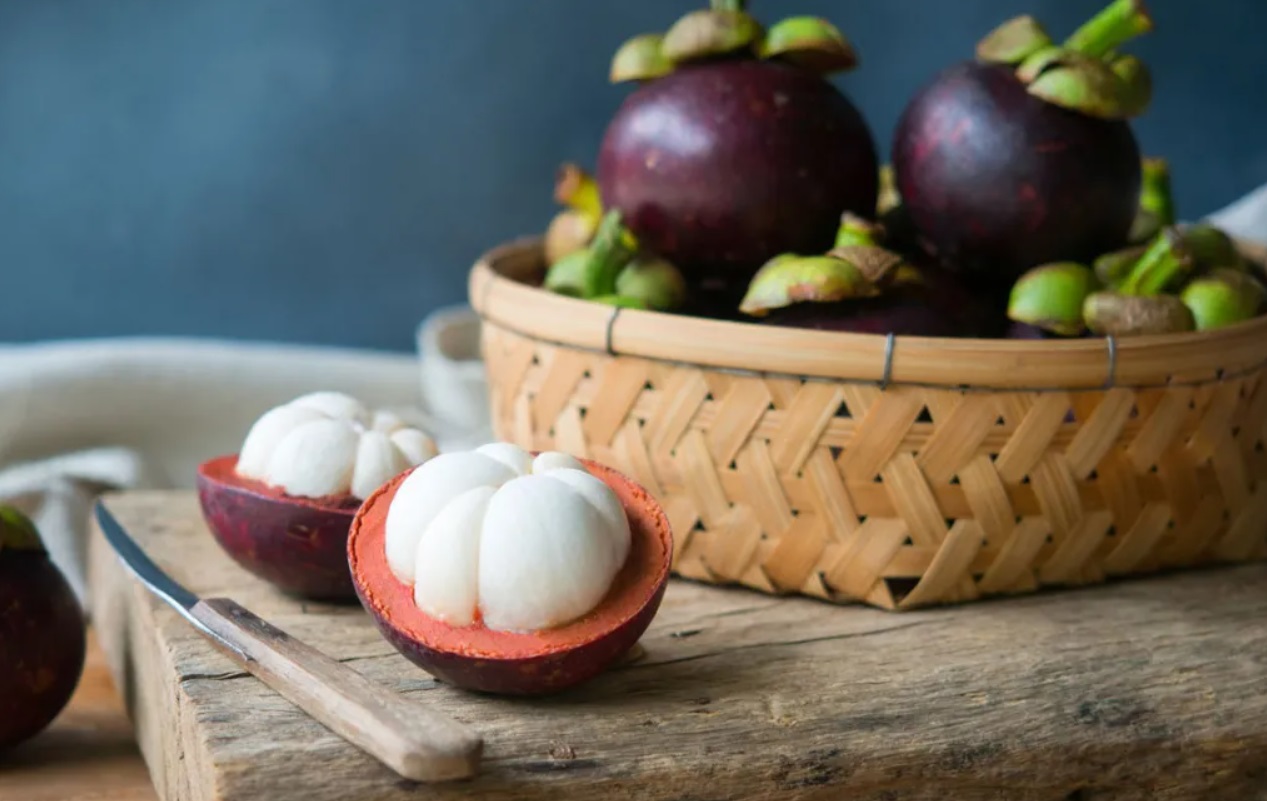
The traditional Filipino diet, rooted in fresh produce and time-honored cooking methods, is more than just flavorful—it’s a hidden treasure trove of health benefits. At the heart of this vibrant cuisine are native fruits, vegetables, and plant-based products that offer powerful nutritional value. Unlike highly processed foods, many traditional Filipino staples are packed with fiber, essential vitamins, minerals, and antioxidants. When these local superfoods are prepared in healthy ways, they become natural allies for boosting immunity, supporting digestion, improving heart health, and maintaining overall wellness.
In recent years, there has been a growing awareness of “superfoods”—nutrient-dense ingredients that provide multiple health benefits in a single serving. Fortunately, the Philippines is home to a variety of these potent plant-based superfoods, many of which have been part of Filipino culinary culture for generations. Let’s take a closer look at some of these nutritional powerhouses and the reasons they deserve a bigger spot on every plate.
Malunggay (Moringa)

Often referred to as a “miracle tree,” malunggay, or moringa, is a well-known backyard staple in many Filipino households. Every part of this plant—from leaves to pods—is edible and incredibly nutritious. The leaves, typically added to soups and sautés, are rich in vitamin C, calcium, potassium, and iron. They also contain all nine essential amino acids, making them a rare plant-based source of complete protein. Malunggay is also available as tea or in powdered form for smoothies and supplements. Its anti-inflammatory and antioxidant properties support immunity, bone health, and even lactation in nursing mothers.
Mangosteen
Called the “queen of fruits,” mangosteen is more than just a sweet treat with a rich, tangy flavor. This tropical fruit is celebrated for its high levels of xanthones, powerful antioxidants known to reduce inflammation and fight free radicals. Mangosteen is often consumed fresh, but it also appears in juices, capsules, and health drinks. Studies have suggested that mangosteen may help support cardiovascular health, improve skin conditions, and aid in blood sugar regulation. Its thick purple rind, though usually discarded, is actually where most of its antioxidants are concentrated—often extracted for use in supplements.
Pili Nuts

Native to the Bicol region, pili nuts are one of the most underrated superfoods in the country. These buttery, soft-textured nuts are loaded with magnesium, vitamin E, and heart-healthy monounsaturated fats. They’re also rich in protein and contain several trace minerals such as zinc and manganese, essential for metabolic and immune system functions. Compared to other nuts, pili nuts have a lower carbohydrate content, making them ideal for those on low-carb or keto diets. Often eaten raw or roasted, they make a delicious, energy-boosting snack or an ingredient in healthy baked goods.
Related article: 7 Endangered Native Filipino Ingredients
Local Leafy Greens: Saluyot, Kulitis, and Alugbati
The Philippines boasts a variety of native leafy greens that deserve superfood status. Saluyot (jute leaves) is prized for its mucilaginous texture and is rich in vitamin A, vitamin C, iron, and antioxidants. Kulitis (local amaranth) is a nutritional powerhouse packed with iron, calcium, and protein. Meanwhile, alugbati (Malabar spinach) provides vitamins A and C, along with fiber and folate. These greens are best consumed steamed, sautéed with garlic, or added to soups and stews. When prepared without excessive oil or sodium, they support digestion, promote heart health, and help manage cholesterol levels.
Adlai (Job’s Tears)
A lesser-known but increasingly popular rice alternative, adlai is a native heirloom grain traditionally cultivated in parts of Mindanao. It is high in dietary fiber and has a low glycemic index, which makes it beneficial for people managing diabetes or aiming to avoid blood sugar spikes. Adlai is naturally gluten-free (though not completely devoid of gluten) and has a slightly nutty flavor with a chewy texture. It can be used in place of white rice, pasta, or couscous, offering a more filling and nutrient-rich option that supports energy levels and digestive health.
Ampalaya (Bitter Gourd)

Often met with mixed reviews due to its strong bitter taste, ampalaya is nonetheless one of the most powerful medicinal vegetables in the Filipino diet. Rich in phytonutrients and antioxidants, ampalaya has been scientifically proven to help regulate blood sugar levels, making it a go-to ingredient for those managing type 2 diabetes. It also supports liver function and digestion. While the bitterness can be tamed with proper preparation (such as soaking in saltwater), the health benefits of this vegetable make it worth acquiring a taste for.
Ampalaya is usually cooked as ginisang ampalaya with egg and a popular comfort food, ginisang munggo.
Related article: Cozy Weather Cravings: Filipino Comfort Food for Rainy Days
Embracing Plant-Based Superfoods for Better Health
Incorporating these native superfoods into daily meals is not only a nod to the Philippines’ rich agricultural heritage—it’s also a smart way to improve health naturally. Many of these ingredients are widely available in local markets, budget-friendly, and incredibly versatile. By embracing a more plant-forward approach to traditional Filipino dishes, families can enjoy both delicious flavors and enhanced nutritional benefits.
From the immunity-boosting properties of malunggay to the heart-healthy fats in pili nuts, these superfoods prove that nature has long offered everything needed for a healthy life. So whether it’s adding more leafy greens to your sinigang or swapping white rice for adlai, there’s every reason to explore the local produce aisle more mindfully.
Related article: 12 Filipino Dishes Every Health Buff Needs To Try
–
Featured Image by Healthline





